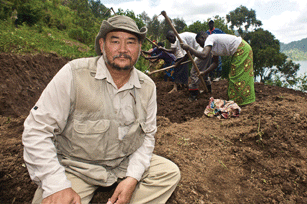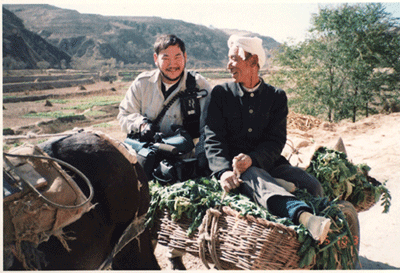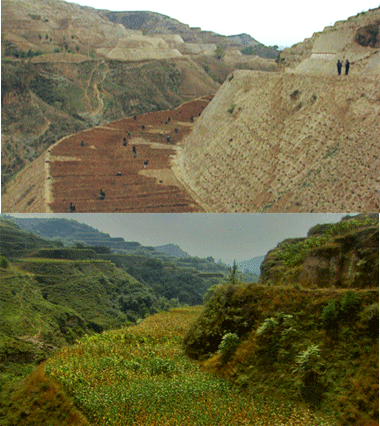
|
Published:
What’s in a label
Product certification and labelling is one way retailers can influence consumers to make more sustainable purchases, and the signs are that it is gaining traction, reports Rachel Sullivan.
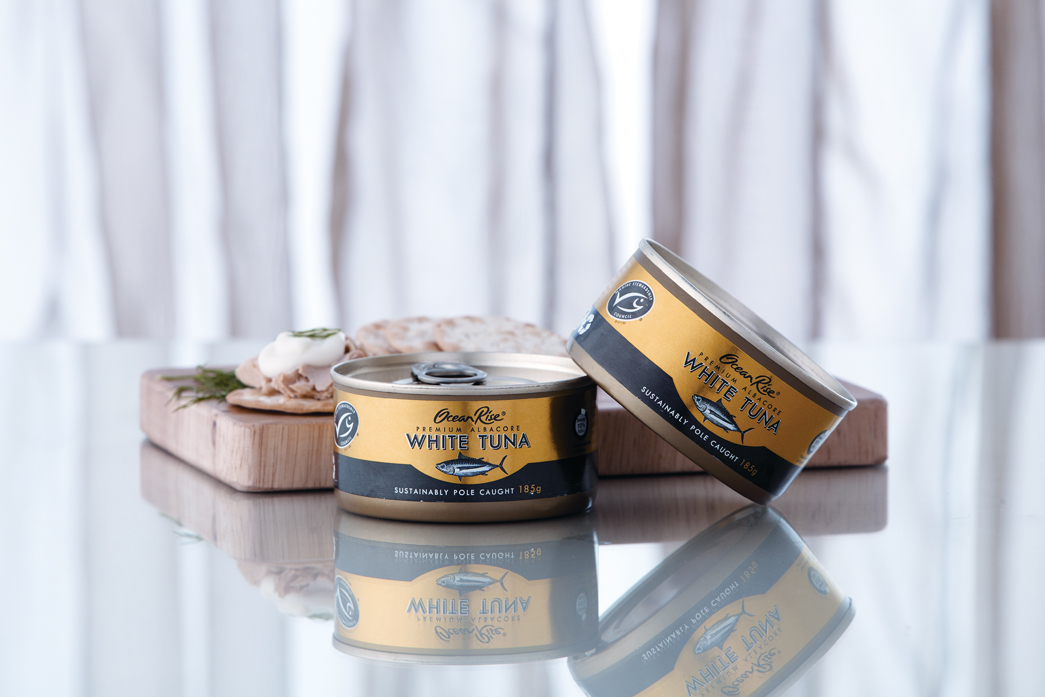
|
|
ALDI was the first Australian supermarket to stock the Ocean Rise brand of Marine Stewardship Council (MSC)-certified seafoods. Credit: ALDI
|
A recent forensic analysis revealed that fish sold with the Marine Stewardship Council’s tick of approval in the US, UK, Japan and Germany all came from sustainable fisheries, giving consumers added confidence that they are buying seafood sustainably.1 But, are consumers keeping up with the proliferation of eco-labels and other trust marks?
The Australian market for healthier, more sustainable products and services is worth AU$19 billion, according to the Living LOHAS (Lifestyles of Health and Sustainability) 3 Survey, compiled by market research company, Mobium Group.
Studies overseas have found that consumers are willing to pay a premium for ethically sourced goods. A 2008 survey conducted by Professor Michael Hiscox – Clarence Dillon Professor of International Affairs at Harvard University – found that New York consumers were willing to pay more for items labelled as being made under good labour standards. Demand for such products actually increased when prices increased.2
The Australian Food and Grocery Council’s ‘Green Shopper’ survey found that while 36 per cent of Australian shoppers are prepared to pay more for green products, only 13 per cent actually buy environmentally sustainable food and groceries from the supermarket.3 Free-range eggs, dolphin-safe tuna, environmentally friendly toilet paper and laundry powder, and certified organic fresh fruit and vegetables are among the most common green purchases.
The survey suggested that one reason for the so-called ‘green gap’ between community concern and taking action through making greener purchases is cost, but another may simply be confusion.
More than 50 different eco-labelling programs operate in Australia, from energy and water savings ratings to Forest Stewardship Council, Rainforest Alliance and Fairtrade trust marks, all aimed at helping consumers make the right choice.
‘At the consumer level, environmental labelling is potentially a very effective way of distinguishing between products with good and bad credibility,’ says Mobium Group co-founder, Mr Andrew Baker.
‘Eco-labels are seen as very helpful about making informed choices, but the recent Living LOHAS survey found that many people are unaware such labels exist, or they have low levels of awareness of specific labels and what they want to achieve,’ he says.
‘While 10 per cent look for detail and want information, a much larger group finds it more difficult to absorb, even though they want better information about environmentally sustainable products.
‘When Planet Ark or WWF endorse a product, consumers at least recognise the organisation and can link the product with an environmental cause. However, we found that consumer awareness is lower than 20 per cent for non-major NGO [non-government organisation] labels.’
Credibility is a concern for companies and products in the green marketplace. One OECD study found that marketing language and competing claims on what makes a product green have caused low market penetration for some eco-labels.
In response, the World Resources Institute and Big Room Inc. recently released the 2010 Global Ecolabel Monitor, a report and online database aimed at helping companies and individuals sort through the green claims of different environmental certifications and labels.
One of the best-known labels is Fairtrade, which certifies products that support farmers, their families and communities in receiving more stable and secure incomes and better working conditions; and that enhance investment in product quality and local environmental sustainability.
Mobium reported a five per cent increase in awareness of the Fairtrade label compared with the same time last year, which means it is now recognised by almost a quarter of the Australian population. Among LOHAS ‘leaders’ – defined as consumers proactively engaged in sustainable behaviours – recognition of the Fairtrade label was up to almost 75 per cent.
Retail sales of Fairtrade-certified products in Australia and New Zealand increased by more than 50 per cent between 2008 and 2009 to more than AU$50 million, as mainstream retailers and suppliers such as ALDI, Starbucks, Jamaica Blue, Jetstar, Virgin, and Woolworths/Safeway began stocking Fairtrade products.
Coffee continues to be the most frequently purchased Fairtrade product in Australia and New Zealand. It makes up 74 per cent of total Fairtrade retail sales, a figure that was boosted when 170 Wild Bean cafes switched to 100 per cent Fairtrade-certified coffee beans in both countries in 2008.
Australian consumers now have another label to look out for; ALDI and Planet Ark recently announced that ALDI would be the first Australian supermarket to feature carbon reduction labelling on its house-brand olive oil range.
The Carbon Reduction Label originates from the UK-based Carbon Trust, and advises consumers of the total carbon footprint of a product: from raw materials and manufacturing right through to disposal or recycling of packaging.
The Carbon Trust has endorsed more than 5700 products since launching the label in 2007, and has worked with many big international brands such as PepsiCo, Tesco, Coca Cola, Danone, and Kimberly-Clark.4
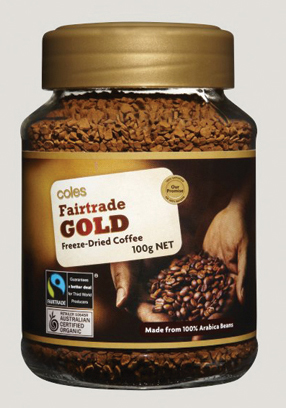
|
|
Fairtrade coffee is becoming a familiar sight in cafes and on supermarket shelves. Credit: Coles
|
At this stage, ALDI is focusing only on olive oil. Other products may follow if consumer demand is high enough.
‘We are focused on leading the introduction of the concept in Australia with our everyday olive oil range and will be guided by consumers’ response to the initiative,’ says Mr Benjamin Ward, Group Buying Director, ALDI.
‘Independent research conducted for Planet Ark found 60 per cent of Australians would be more likely to purchase a product displaying the Carbon Reduction Label, so it’s certainly something we believe consumers will value,’ he says.
Woolworths’ Group Manager, Corporate Responsibility, Ms Armineh Mardirossian, believes that carbon labelling is not meaningful unless everything is labelled in the same way. She says that in response to customer requests, Woolworths is concentrating on palm oil labelling.
‘Woolworths currently features on-pack labelling of palm oil and derivatives in all of its private label products, and we will be moving to RSPO [Roundtable on Sustainable Palm Oil]-certified sustainable palm oil by 2015 for all Woolworths’ private label products.’
Ms Mardirossian adds that while the consumer goods market is very competitive, ‘first-movers’ are typically able to influence the market to change.
Mr Baker agrees. ‘In particular industries, there is no doubt the eco-label provides a market advantage. Some, like the building industry, are re-tooling to create cleaner processes, especially where a certain green star rating is required as part of a tender process. There is a clear mandate that better products are the price of entry to the market,’ he says.
However, Ms Mardirossian is concerned about confusion in the market as a result of too many labels and logos.
‘Consumers are becoming sceptical about the integrity of eco-labels,’ she comments.
Choice’s Mr Christopher Zinn is also concerned about this problem.
‘There has been a lot of greenwash when it comes to labels, especially around cleaning products. Lots of products have globes or helping hands in their logos, without the environmental credentials to back them up,’ he says.
‘The plethora of eco-labels and trust marks only serves to increase confusion,’ says Mr Zinn, adding that the UK has done much more in this space.
‘There is far more scope for clearer labelling promoting organic food or otherwise sustainably produced goods. This has helped stimulate demand, and means that the premium for sustainable products is not too different.
‘Good labelling is key to helping consumers make sustainable choices, because when they are at the point of sale they are bombarded by information. The labels we currently have help, but we still have some way to go.’
1 tinyurl.com/mscorg1
2 www.people.fas.harvard.edu/~hiscox/SocialLabeling.pdf
3 www.afgc.org.au/highlands-forum.html
4 www.carbon-label.com/business/latestnews.htm


